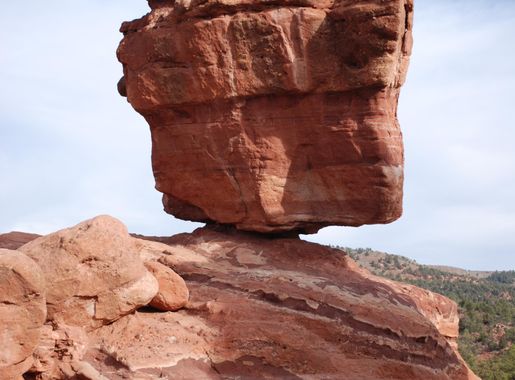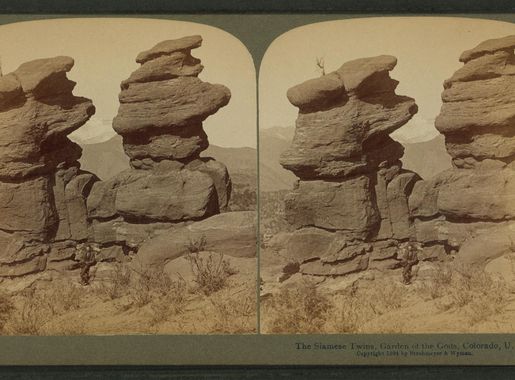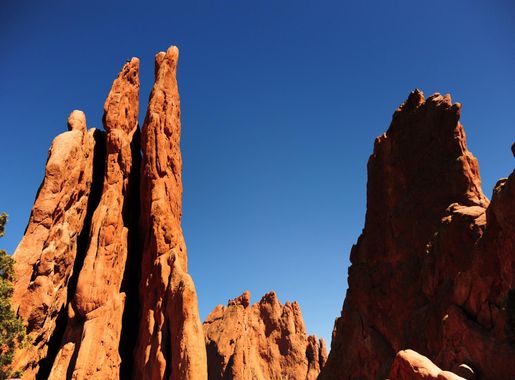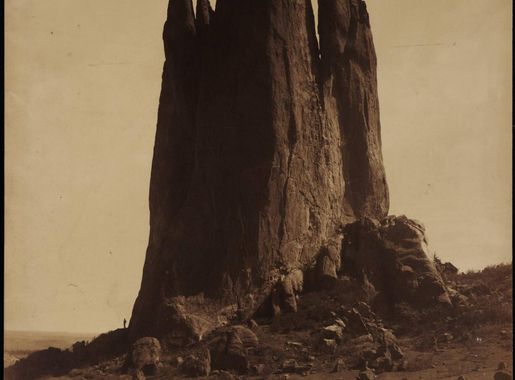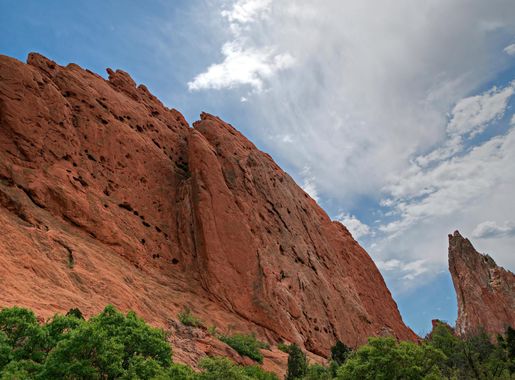
Garden of the Gods: Nature's Majestic Playground
Discover the awe-inspiring beauty and rich geological history of the Garden of the Gods, a must-visit natural wonder in Colorado Springs.
Nestled in the heart of Colorado Springs, the Garden of the Gods is a geological marvel that attracts nature enthusiasts from all around the world. The park's stunning red rock formations, which tower against the backdrop of the Rocky Mountains, create a surreal landscape that looks like it has been plucked straight out of a fantasy novel. The unique rock formations are the result of millions of years of geological activity, offering a fascinating glimpse into Earth's history. Visitors can explore over 15 miles of hiking trails, each offering different perspectives of the park's breathtaking scenery. The Perkins Central Garden Trail is a must-visit, providing an easy, wheelchair-accessible path through the heart of the park's most iconic formations. For those seeking a more adventurous experience, the park offers opportunities for rock climbing, with designated routes suitable for both beginners and experienced climbers. Wildlife is abundant in the Garden of the Gods, and visitors may encounter mule deer, bighorn sheep, and a variety of bird species. The park is also home to the Garden of the Gods Visitor & Nature Center, which offers interactive exhibits, educational programs, and guided tours that delve into the park's natural and cultural history. Whether you're a nature lover, a geology enthusiast, or simply seeking a peaceful escape, the Garden of the Gods promises an unforgettable experience.
Local tips in Garden of the Gods
- Visit early in the morning or late in the afternoon to avoid crowds and enjoy the best lighting for photography.
- Bring plenty of water and wear comfortable shoes, as the high altitude can be dehydrating and the trails are best explored on foot.
- Check the Garden of the Gods Visitor & Nature Center for free guided tours and educational programs that enhance your visit.
- Respect the park rules and stay on designated trails to protect the natural environment and ensure your safety.
- If you're interested in rock climbing, make sure to obtain a free climbing permit from the Visitor & Nature Center.
- Pack a picnic and enjoy your meal at one of the park's scenic picnic areas for a relaxing break amidst nature.
Garden of the Gods: Nature's Majestic Playground
Nestled in the heart of Colorado Springs, the Garden of the Gods is a geological marvel that attracts nature enthusiasts from all around the world. The park's stunning red rock formations, which tower against the backdrop of the Rocky Mountains, create a surreal landscape that looks like it has been plucked straight out of a fantasy novel. The unique rock formations are the result of millions of years of geological activity, offering a fascinating glimpse into Earth's history. Visitors can explore over 15 miles of hiking trails, each offering different perspectives of the park's breathtaking scenery. The Perkins Central Garden Trail is a must-visit, providing an easy, wheelchair-accessible path through the heart of the park's most iconic formations. For those seeking a more adventurous experience, the park offers opportunities for rock climbing, with designated routes suitable for both beginners and experienced climbers. Wildlife is abundant in the Garden of the Gods, and visitors may encounter mule deer, bighorn sheep, and a variety of bird species. The park is also home to the Garden of the Gods Visitor & Nature Center, which offers interactive exhibits, educational programs, and guided tours that delve into the park's natural and cultural history. Whether you're a nature lover, a geology enthusiast, or simply seeking a peaceful escape, the Garden of the Gods promises an unforgettable experience.
When is the best time to go to Garden of the Gods?
Unmissable attractions to see
Cheyenne Mountain Zoo
Explore Cheyenne Mountain Zoo, a unique mountain zoo in Colorado Springs, offering close encounters with diverse wildlife amidst breathtaking landscapes.
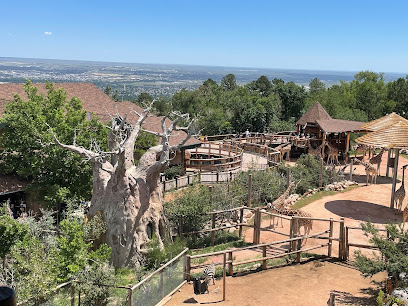
The Broadmoor Seven Falls
Discover the breathtaking beauty of The Broadmoor Seven Falls, a series of stunning waterfalls in Colorado Springs, perfect for adventure seekers and nature lovers.
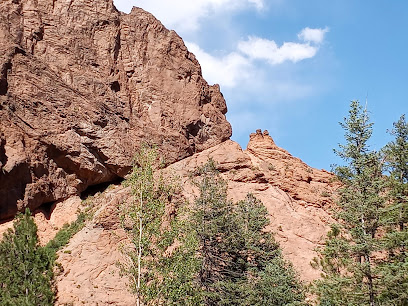
Colorado Springs Pioneers Museum
Explore the Colorado Springs Pioneers Museum, a cultural hub showcasing the rich history of the region through engaging exhibits and unique artifacts.

Golden Bee
Discover The Golden Bee, a historic pub in Colorado Springs offering a unique blend of hearty meals, local brews, and live entertainment in a cozy atmosphere.

Acacia Park
Explore Acacia Park, a vibrant urban oasis in Colorado Springs, offering family-friendly play areas, lush green spaces, and engaging community events.
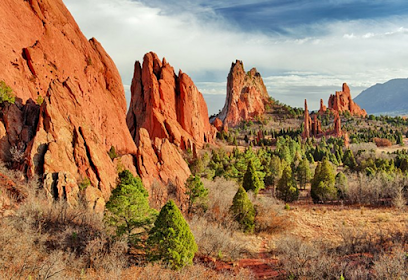
Miramont Castle Museum and The Queen's Parlour Tea Room
Discover the charm of Miramont Castle Museum in Manitou Springs, a historical landmark blending rich history with a delightful tea room experience.
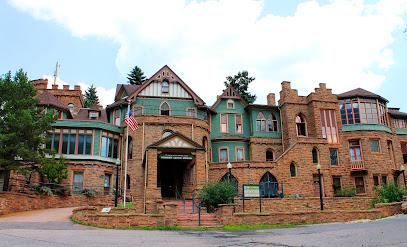
Cripple Creek and Victor Narrow Gauge Railroad
Experience the rich history of Colorado through a scenic ride on the Cripple Creek and Victor Narrow Gauge Railroad, a heritage railway adventure.

U.S. Olympic & Paralympic Museum
Discover the inspiring stories of Olympic and Paralympic athletes at the U.S. Olympic & Paralympic Museum in Colorado Springs, a celebration of sportsmanship and excellence.
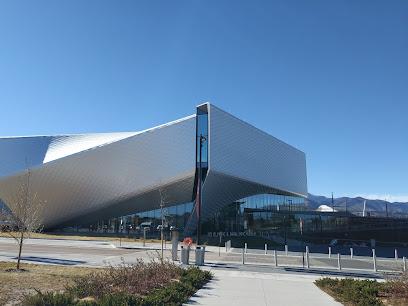
High Point Overlook
Discover the stunning panoramic views at High Point Overlook, a must-visit tourist attraction in Colorado Springs' Garden of the Gods.
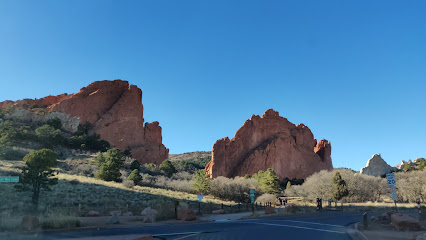
Mesa Overlook
Experience the stunning vistas at Mesa Overlook, a must-visit scenic spot in Colorado Springs offering breathtaking views of the surrounding Rockies.
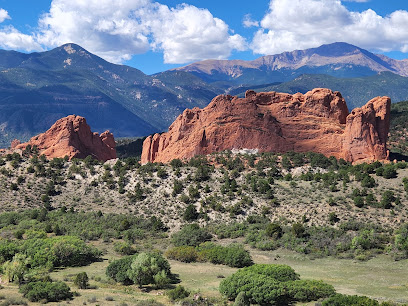
Ute Valley Park
Explore the breathtaking landscapes and diverse wildlife of Ute Valley Park, a serene oasis in Colorado Springs perfect for outdoor adventures.
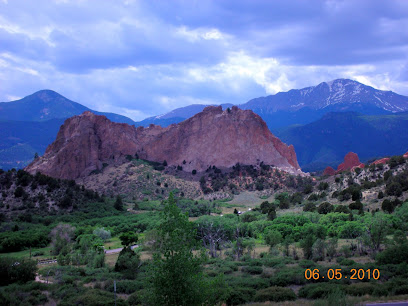
Bancroft Park
Discover the beauty of Bancroft Park in Old Colorado City, a serene escape with lush gardens, walking paths, and family-friendly spaces.
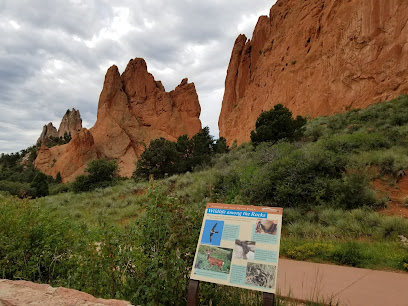
Rainbow Falls
Experience the breathtaking beauty of Rainbow Falls, a stunning waterfall destination in Colorado, perfect for hiking and outdoor adventures.
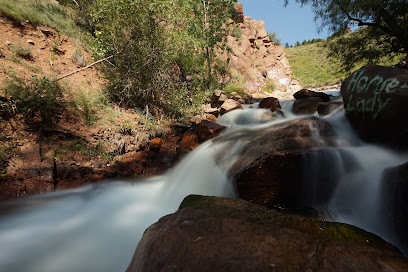
Manitou Springs Colorado
Experience the charm and adventure of Manitou Springs, Colorado, where history, art, and nature come together in a stunning mountain setting.
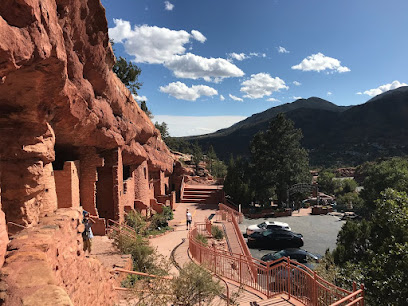
Adventures Out West
Experience the breathtaking beauty of Colorado Springs from above with unforgettable balloon rides and engaging sightseeing tours at Adventures Out West.
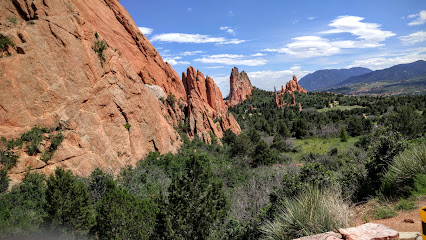
Essential places to dine
The Rabbit Hole
Discover the whimsical charm of The Rabbit Hole in Colorado Springs - where fine dining meets imaginative decor and exquisite cocktails.
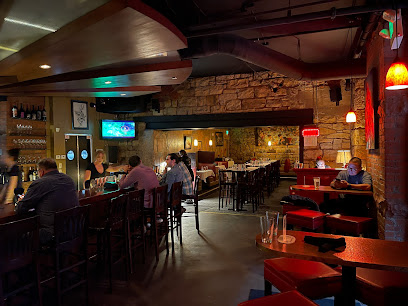
Black Bear Diner Colorado Springs - Garden of the Gods
Experience hearty American meals at Black Bear Diner near Garden of the Gods in Colorado Springs—perfect for families and food lovers alike.

Paravicini's Italian Bistro
Experience authentic Italian dining at Paravicini's Italian Bistro in Colorado Springs—where flavor meets tradition in every dish.

Shuga's
Experience the vibrant flavors of Shuga's in Colorado Springs - where classic American cuisine meets a lively bar atmosphere.
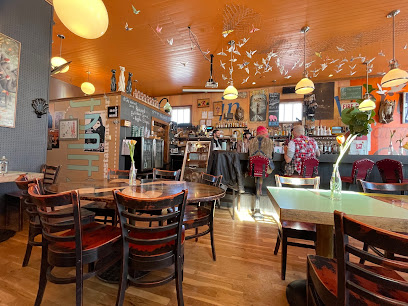
The Airplane Restaurant
Discover an extraordinary dining experience at The Airplane Restaurant in Colorado Springs, where delicious cuisine meets aviation history.
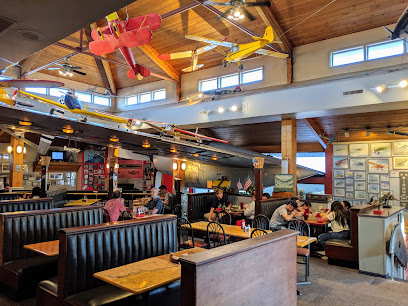
The Melting Pot
Experience the unique art of fondue at The Melting Pot in Colorado Springs - where every meal is a celebration.

Amanda's Cantina and Fonda
Experience vibrant Mexican cuisine at Amanda's Cantina in Colorado Springs – a culinary gem offering authentic flavors and warm hospitality.
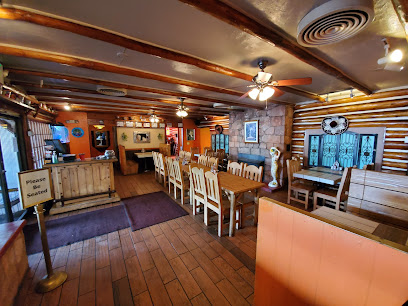
Jake and Telly’s Greek Taverna
Experience authentic Greek flavors at Jake and Telly's Greek Taverna in Old Colorado City—where every dish tells a story.
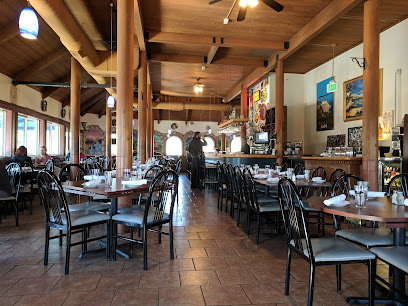
Mountain Shadows Restaurant
Discover Mountain Shadows Restaurant: A cozy breakfast gem in Old Colorado City known for its hearty meals and friendly service.
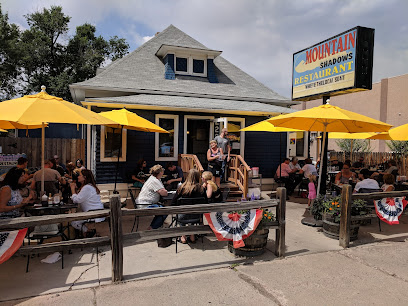
The Juicy Seafood
Discover exceptional seafood delights at The Juicy Seafood in Colorado Springs—where fresh flavors meet vibrant dining.
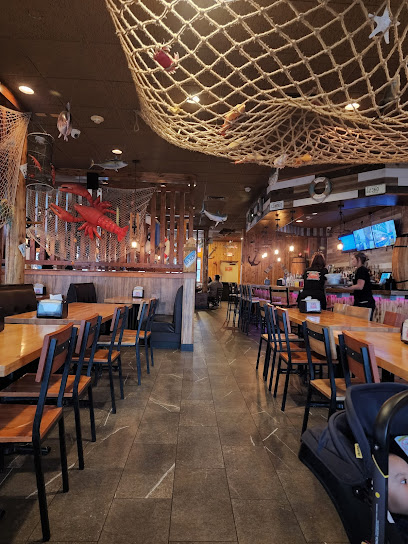
Urban Egg a daytime eatery
Experience the vibrant flavors of breakfast at Urban Egg, a must-visit eatery in Colorado Springs known for its innovative dishes and cozy ambiance.

Freddy's Frozen Custard & Steakburgers
Discover delicious steakburgers and creamy frozen custard at Freddy's in Colorado Springs – perfect for families and travelers seeking tasty fast food.
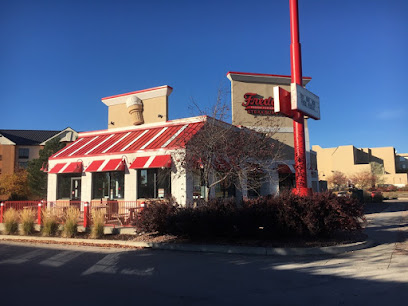
Bon Ton's Cafe
Discover Bon Ton's Cafe in Old Colorado City – where delicious American breakfasts meet cozy charm.

Village Inn
Discover family-friendly dining at Village Inn near Garden of the Gods, serving delicious breakfast and mouthwatering pies in Colorado Springs.

Garden of the Gods Market and Cafe
Experience culinary excellence at Garden of the Gods Market and Cafe—your go-to spot for American cuisine in Colorado Springs.

Markets, malls and hidden boutiques
Garden of the Gods
Experience the stunning red rock formations and breathtaking views at Colorado Springs' Garden of the Gods, a must-visit park for nature lovers.

Garden of the Gods Trading Post
Explore the unique blend of gifts, art, and dining at Garden of the Gods Trading Post, right next to stunning natural landscapes.

American Classics Marketplace
Discover unique antiques, vintage collectibles, and handmade crafts at American Classics Marketplace in Colorado Springs, a treasure trove for all enthusiasts.

Bon Shopping Center
Explore Bon Shopping Center, Colorado Springs' premier shopping destination, offering diverse stores, dining options, and a vibrant atmosphere for all visitors.

Poor Richard's Bookstore
Explore Poor Richard's Bookstore in Colorado Springs for unique books, gifts, and a cozy atmosphere that celebrates the love of reading.

The Leechpit Records and Vintage
Uncover vintage treasures and timeless music at The Leechpit Records and Vintage in Old Colorado City, a unique shopping experience for all ages.

arc Thrift Stores
Explore unique treasures and support a worthy cause at arc Thrift Stores in Colorado Springs, the go-to destination for thrift lovers.

Dollar Tree
Explore Dollar Tree in Colorado Springs for unbeatable prices on a wide variety of household goods, crafts, and seasonal items.

All About Colorado
Explore the essence of Colorado with unique souvenirs and an extensive book collection at All About Colorado in Old Colorado City.
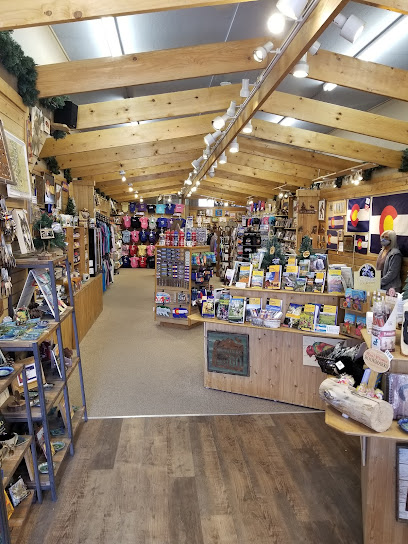
Little Colorado & Camino Real
Discover unique souvenirs and local crafts at Little Colorado & Camino Real, a charming store in Old Colorado City that embodies the spirit of Colorado.

Cronk Art and Curiosities
Explore the vibrant world of local art and unique gifts at Cronk Art and Curiosities in Downtown Colorado Springs.

Eclectic CO.
Explore Eclectic CO. in Colorado Springs for vintage clothing, unique jewelry, and local art that captures the spirit of creativity.

Shop Old Colorado City
Explore the vibrant arts and unique shopping scene of Shop Old Colorado City, a must-visit destination in Colorado Springs.
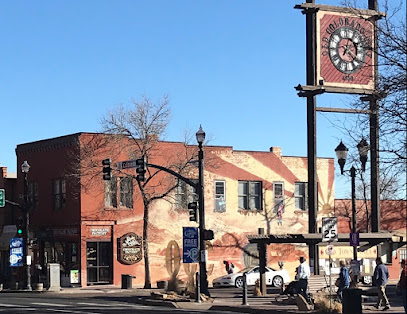
Mountain West Trading USA
Discover unique outdoor-inspired apparel and gifts at Mountain West Trading USA in Manitou Springs, Colorado - a shopper's paradise for tourists.

CORALUN Vintage
Explore CORALUN Vintage in Downtown Colorado Springs for unique, handpicked vintage clothing and accessories that celebrate timeless style and individuality.

Essential bars & hidden hideouts
The Rabbit Hole
Discover The Rabbit Hole in Colorado Springs: A fine dining restaurant and cocktail bar serving innovative American cuisine in a whimsical atmosphere.
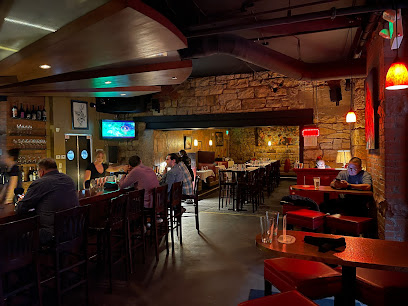
Front Range Barbeque
Experience authentic Southern barbecue at Front Range Barbeque in Colorado Springs, where great food meets lively music and a welcoming atmosphere.

Jack Quinn's Irish Pub and Restaurant
Experience the authentic taste of Ireland at Jack Quinn's Irish Pub and Restaurant in Colorado Springs, where every bite and drink tells a story.
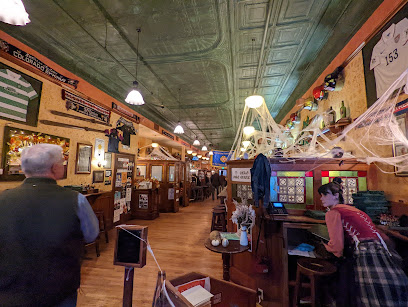
Mother Muffs
Experience the local flavor at Mother Muffs, a gastropub in Old Colorado City, serving gourmet burgers, pizzas, and craft beers in a lively atmosphere.
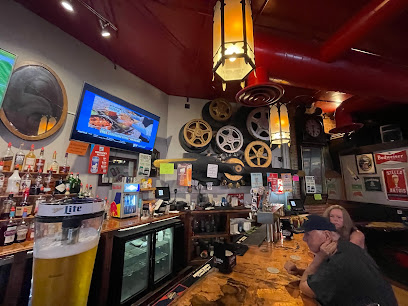
Colorado Mountain Brewery
Discover the perfect blend of American cuisine and craft brews at Colorado Mountain Brewery in Colorado Springs, where every bite and sip tells a story.

Oskar Blues Grill & Brew - Colorado Springs
Discover the vibrant flavors of Oskar Blues Grill & Brew in Colorado Springs, where delicious grilled dishes meet a wide selection of craft beers.

Thunder and Buttons II
Discover delicious food and vibrant entertainment at Thunder and Buttons II, a must-visit grill and karaoke bar in Colorado Springs.
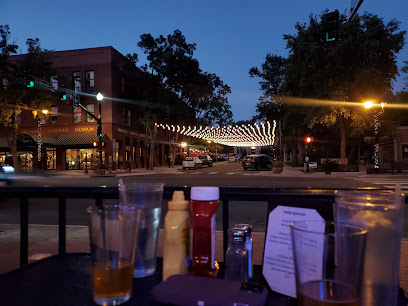
503W
Enjoy a unique blend of pub culture and Asian fusion cuisine at 503W in Colorado Springs, where every meal is a flavorful adventure.

Pub Dog Colorado
Discover the unique flavors of crafted beers and infused cocktails at Pub Dog Colorado, a must-visit bar in Colorado Springs.
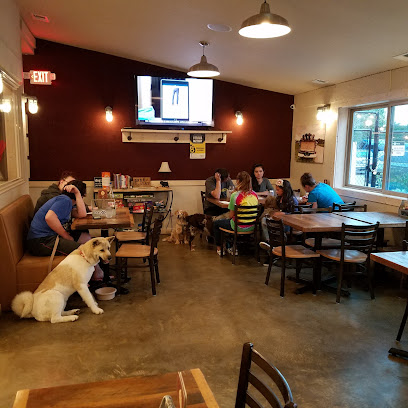
Townhouse Sports Grill
Experience the thrill of sports and savor delicious American cuisine at Townhouse Sports Grill in charming Manitou Springs.
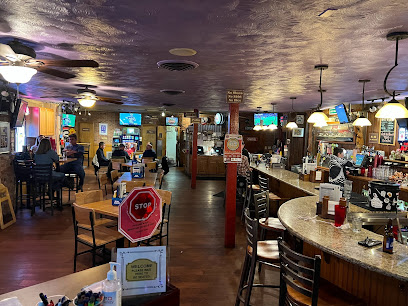
Odyssey Gastropub
Explore the vibrant flavors of American cuisine at Odyssey Gastropub, where every dish promises a delightful culinary experience in Colorado Springs.
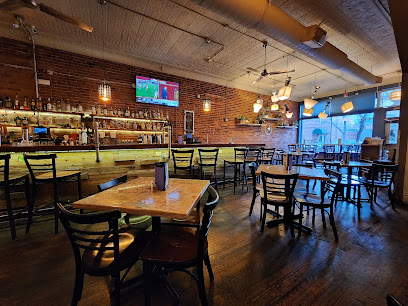
Alchemy
Discover Alchemy, a charming gastropub in Old Colorado City, where Irish flavors and craft drinks create an unforgettable dining experience.

O'Furry's
Discover O'Furry's in Colorado Springs, where delicious grill cuisine meets live music for a vibrant nightlife experience.
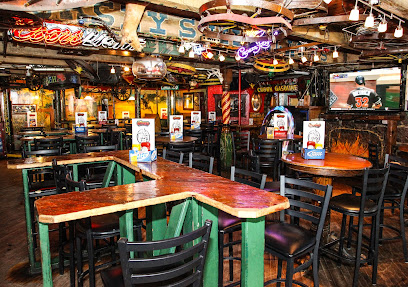
Trails End Taproom and Eatery
Experience the vibrant flavors of Colorado Springs at Trails End Taproom and Eatery, a top destination for craft beer and delectable food.
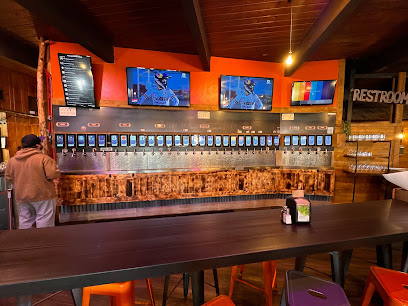
Streetcar 520
Experience the best of local flavors at Streetcar 520, a vibrant bar and restaurant in downtown Colorado Springs, perfect for brunch and cocktails.

Local Phrases about Garden of the Gods
-
- HelloHowdy
[haʊdi] - GoodbyeSee ya later
[siː jə ˈleɪtər] - YesYup
[jʌp] - NoNah
[nɑː] - Please/You're welcomePlease and thank you
[pliːz ənd θæŋk juː] - Thank youMuch obliged
[mʌtʃ əˈblaɪdʒd] - Excuse me/SorryPardon me
[ˈpɑːrdn miː] - How are you?How ya doin'?
[haʊ jə ˈduɪn] - Fine. And you?Fine. You?
[faɪn. juː] - Do you speak English?Ya speak English?
[jə spiːk ˈɪŋɡlɪʃ] - I don't understandI ain't catchin' on
[aɪ eɪnt ˈkæʧɪŋ ɒn]
- HelloHowdy
-
- I'd like to see the menu, pleaseShow me the grub list, please
[ʃoʊ miː ðə ɡrʌb lɪst pliːz] - I don't eat meatI don't do flesh
[aɪ doʊnt duː flɛʃ] - Cheers!Bottoms up!
[ˈbɒtəmz ʌp] - I would like to pay, pleaseI owe ya, please
[aɪ oʊ jə pliːz]
- I'd like to see the menu, pleaseShow me the grub list, please
-
- Help!SOS!
[ɛs oʊ ˈɛs] - Go away!Skedaddle!
[skɪˈdædəl] - Call the Police!Ring up the Sheriff!
[rɪŋ ʌp ðə ˈʃɛrɪf] - Call a doctor!Holler for the doc!
[ˈhɑlər fɔr ðə dɑk] - I'm lostI'm plumb lost
[aɪm plʌm lɔst] - I'm illI'm feelin' poorly
[aɪm ˈfiːlɪn ˈpʊrli]
- Help!SOS!
-
- I'd like to buy...I reckon I'll nab...
[aɪ ˈrɛkən aɪl næb] - I'm just lookingJus' browsin'
[dʒʌs ˈbraʊzɪn] - How much is it?Whatcha askin'?
[ˈwʌtʃə ˈæskɪn] - That's too expensiveThat's a mighty steep price
[ðæts ə ˈmaɪdi stip praɪs] - Can you lower the price?Kin ya knock it down a bit?
[kɪn jə nɑk ɪt daʊn ə bɪt]
- I'd like to buy...I reckon I'll nab...
-
- What time is it?What's the hour?
[wɑːts ðə aʊər] - It's one o'clockIt's one in the mornin'
[ɪts wʌn ɪn ðə ˈmɔrnɪn] - Half past (10)Ten-thirty
[tɛn-ˈθɜːrti] - MorningSunup
[ˈsʌnʌp] - AfternoonHigh noon
[haɪ nuːn] - EveningSunset
[ˈsʌnsɛt] - YesterdayYesteryear
[ˈjɛstərjɪr] - TodayThis day
[ðɪs deɪ] - TomorrowMorrow
[ˈmɒroʊ] - 1One
[wʌn] - 2Two
[tuː] - 3Three
[θriː] - 4Four
[fɔːr] - 5Five
[faɪv] - 6Six
[sɪks] - 7Seven
[ˈsɛvən] - 8Eight
[eɪt] - 9Nine
[naɪn] - 10Ten
[tɛn]
- What time is it?What's the hour?
-
- Where's a/the...?Where's the...
[ˈwɛərz ðə] - What's the address?What's the locale?
[wɑːts ðə ləʊˈkeɪʃən] - Can you show me (on the map)?Can ya point it out (on the map)?
[kæn jə pɔɪnt ɪt aʊt ɒn ðə mæp] - When's the next (bus)?When's the next hauler?
[wɛns ðə nɛkst ˈhɔːlər] - A ticket (to ....)A pass (to ....)
[ə pæs tuː]
- Where's a/the...?Where's the...
History of Garden of the Gods
-
The awe-inspiring rock formations of Garden of the Gods were formed over millions of years through geological processes including sedimentation, uplift, and erosion. The park's iconic red rock formations are primarily composed of sandstone, limestone, and conglomerates that date back to the Paleozoic Era, around 300 million years ago. These geological features were shaped by the forces of nature, creating the unique and stunning landscape visitors see today.
-
Long before European settlers arrived, the area now known as Garden of the Gods was a sacred place for various Native American tribes, including the Ute, Arapaho, and Cheyenne. These tribes considered the towering rock formations spiritual and held ceremonies and gatherings in the area. Petroglyphs and artifacts found within the park serve as a testament to its significance in Native American culture and history.
-
The name 'Garden of the Gods' was coined in 1859 by two surveyors, M.S. Beach and Rufus Cable. While exploring the area, Beach suggested that it would be a 'capital place for a beer garden,' to which Cable responded, 'Beer garden! Why it is a fit place for the gods to assemble. We will call it the Garden of the Gods.' The name has endured, capturing the imagination of visitors for generations.
-
General William Jackson Palmer, a Civil War hero and railroad magnate, founded the city of Colorado Springs in 1871. Recognizing the natural beauty and potential of the Garden of the Gods, he purchased the land surrounding it to preserve its pristine condition. Palmer's vision for the city included creating a destination that promoted health, wellness, and natural beauty, and the Garden of the Gods was central to that vision.
-
In 1879, Charles Elliott Perkins, a friend of General Palmer and head of the Burlington Railroad, purchased 240 acres of land that included a significant portion of the Garden of the Gods. Perkins intended to keep the area open to the public and free from development. Upon his death in 1909, Perkins' family honored his wishes by donating the land to the city of Colorado Springs, ensuring that it would remain a public park for all to enjoy.
-
In 1971, the Garden of the Gods was designated a National Natural Landmark by the U.S. Department of the Interior. This designation recognizes the park's outstanding geological features, natural beauty, and significant value for scientific study. The landmark status has helped to raise awareness about the importance of preserving this unique landscape for future generations.
Garden of the Gods Essentials
-
Garden of the Gods is located in Colorado Springs, Colorado. The nearest major airport is Colorado Springs Airport (COS), approximately 18 miles away. From the airport, you can rent a car, take a taxi, or use ride-sharing services like Uber and Lyft. Alternatively, Denver International Airport (DEN) is about 80 miles north, and offers more flight options. From Denver, you can rent a car or take a shuttle service to Colorado Springs.
-
Once in Colorado Springs, you can use a rental car to get to Garden of the Gods. The park itself has well-maintained roads and ample parking spaces. There are also guided tours and shuttle services available from Colorado Springs. For those who prefer public transportation, the Mountain Metropolitan Transit (MMT) buses service the area, but schedules may be limited. Biking and hiking are also popular ways to explore the park.
-
The official currency in the United States is the US Dollar (USD). Credit and debit cards are widely accepted in Colorado Springs, including in and around Garden of the Gods. ATMs are available for cash withdrawals if needed. It's advisable to carry some cash for small purchases or in case you visit establishments that do not accept cards.
-
Garden of the Gods is generally a safe destination for tourists. However, it's important to stay vigilant, especially in crowded areas. Lock your car and do not leave valuables visible. Colorado Springs has some areas with higher crime rates, but these are not typically near Garden of the Gods. Always be aware of your surroundings and follow park guidelines for a safe visit.
-
In case of an emergency, dial 911 for immediate assistance. The park rangers are also available to help with any issues. Colorado Springs has several medical facilities, including Memorial Hospital and Penrose-St. Francis Health Services, which are well-equipped to handle emergencies. It is advisable to have travel insurance that covers medical emergencies.
-
Fashion: Do wear comfortable and weather-appropriate clothing and sturdy shoes for hiking. Don't wear high heels or flip-flops. Religion: Garden of the Gods is not a religious site, so no specific dress code is required, but always respect the natural environment. Public Transport: Do check bus schedules in advance and be prepared for limited services. Don't rely solely on public transport; consider renting a car. Greetings: Do greet fellow hikers and park staff with a friendly 'hello' or a nod. Eating & Drinking: Do bring water and snacks, but don't litter. Use designated trash bins and recycling facilities.
-
To experience Garden of the Gods like a local, visit early in the morning or late in the afternoon to avoid crowds. Participate in a guided walking or climbing tour for a deeper understanding of the park's geology and history. Don't miss the Visitor & Nature Center, which offers educational exhibits and a café with stunning views. Lastly, take time to explore the nearby Manitou Springs, known for its charming shops, eateries, and natural mineral springs.
Nearby Cities to Garden of the Gods
-
Things To Do in Monument
-
Things To Do in Canon City
-
Things To Do in Pueblo
-
Things To Do in Denver
-
Things To Do in Salida
-
Things To Do in Breckenridge
-
Things To Do in Leadville
-
Things To Do in Boulder
-
Things To Do in La Junta
-
Things To Do in Vail
-
Things To Do in Aspen
-
Things To Do in Estes Park
-
Things To Do in Alamosa
-
Things To Do in Gunnison
-
Things To Do in Crested Butte

